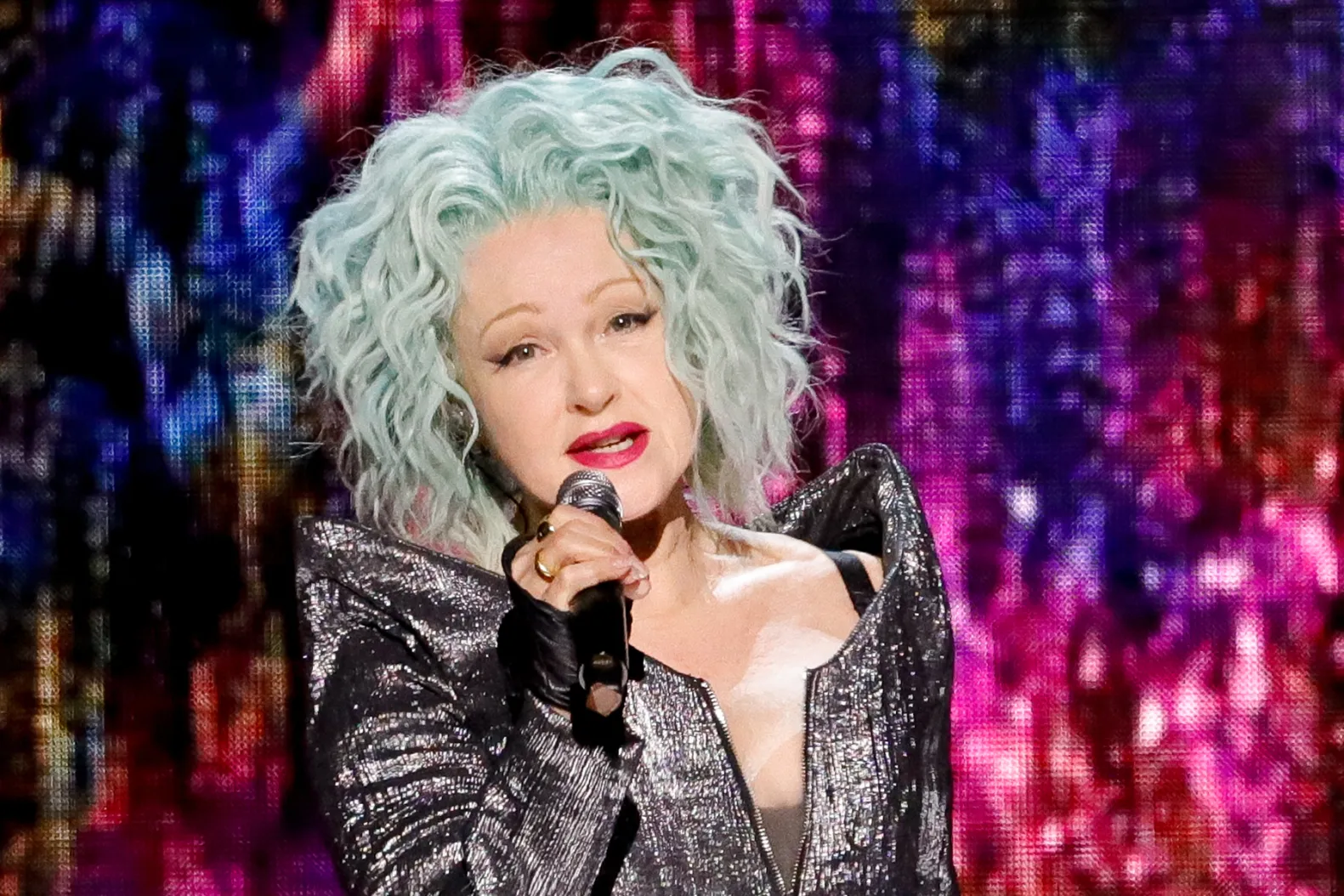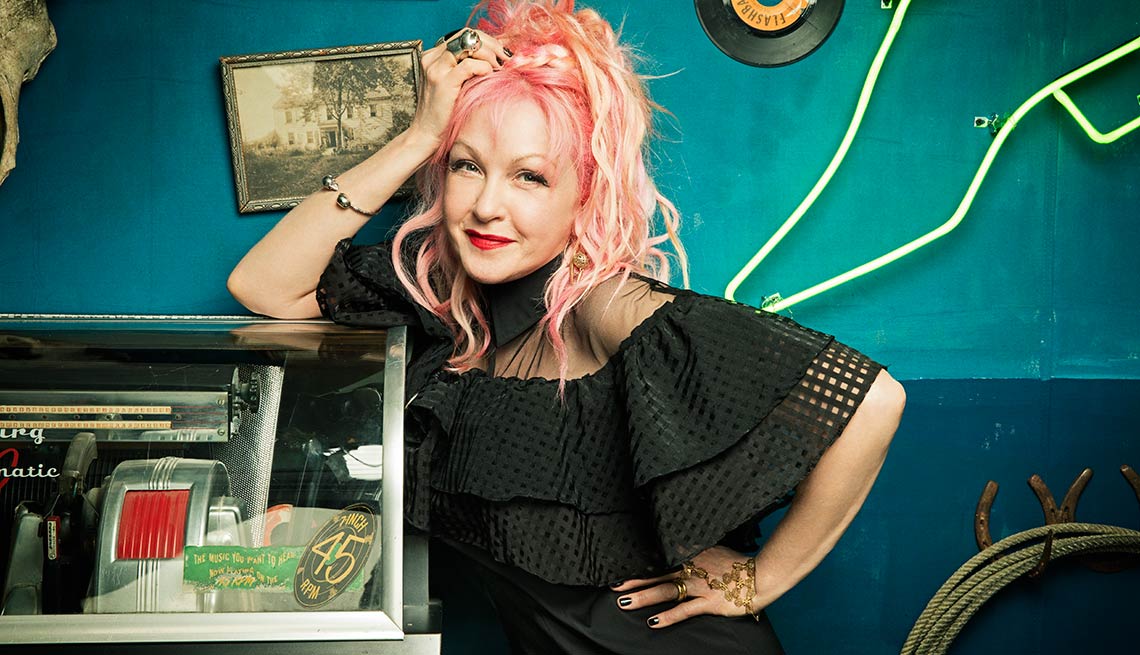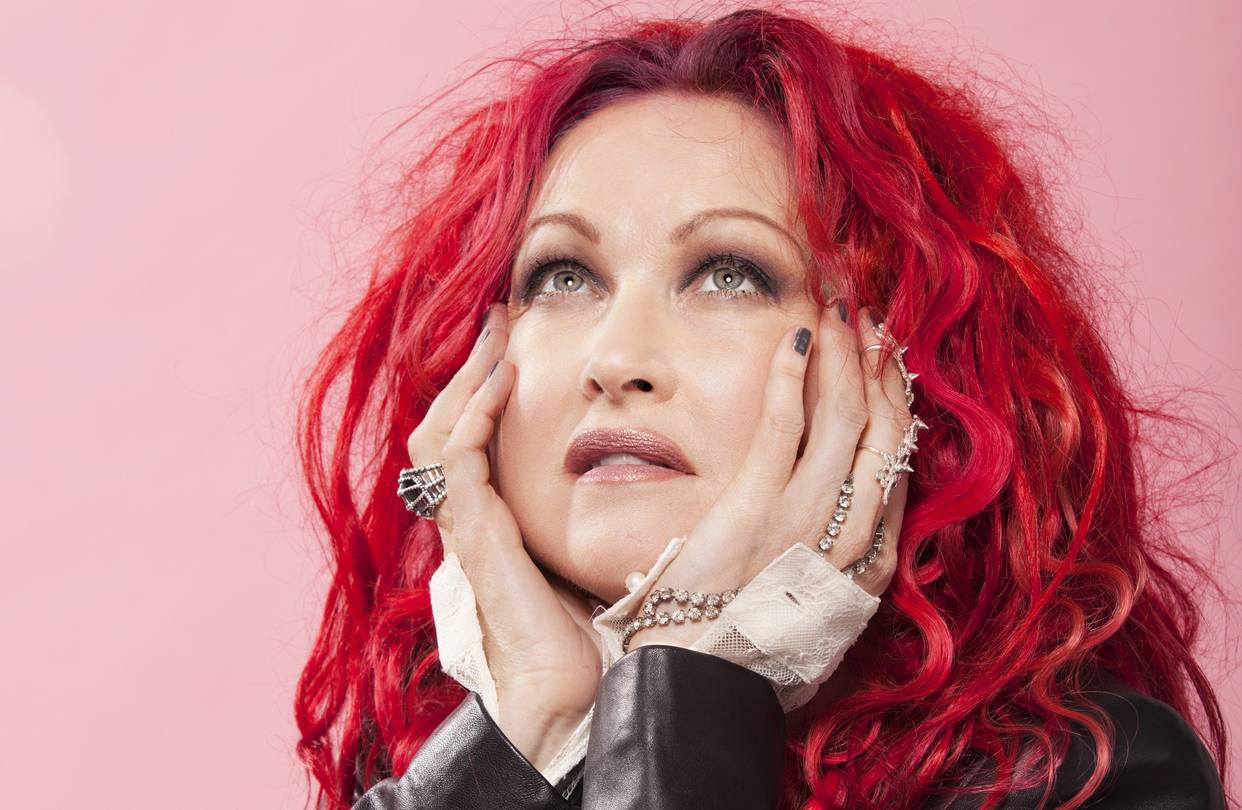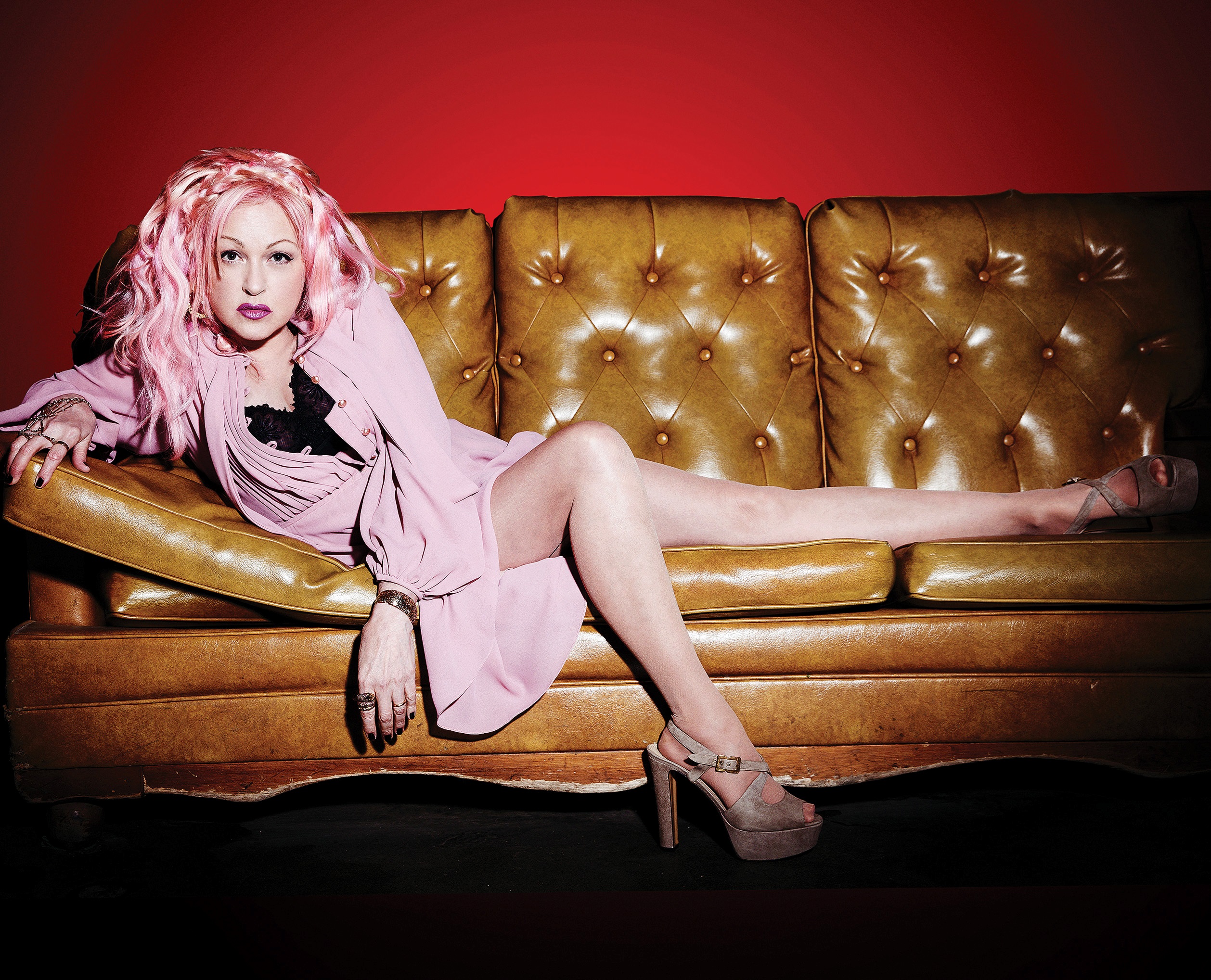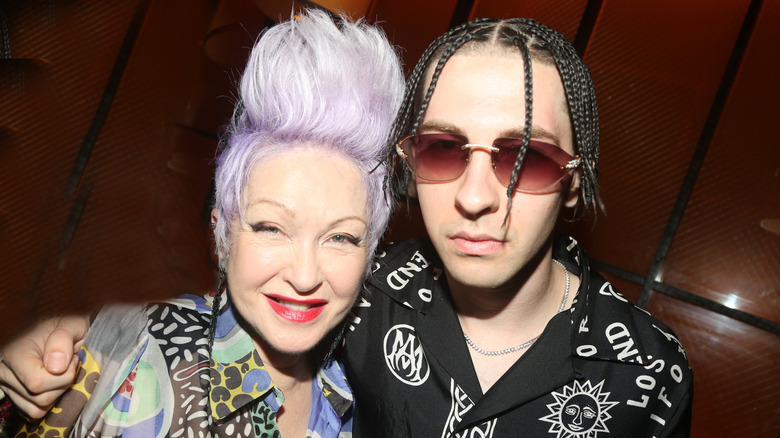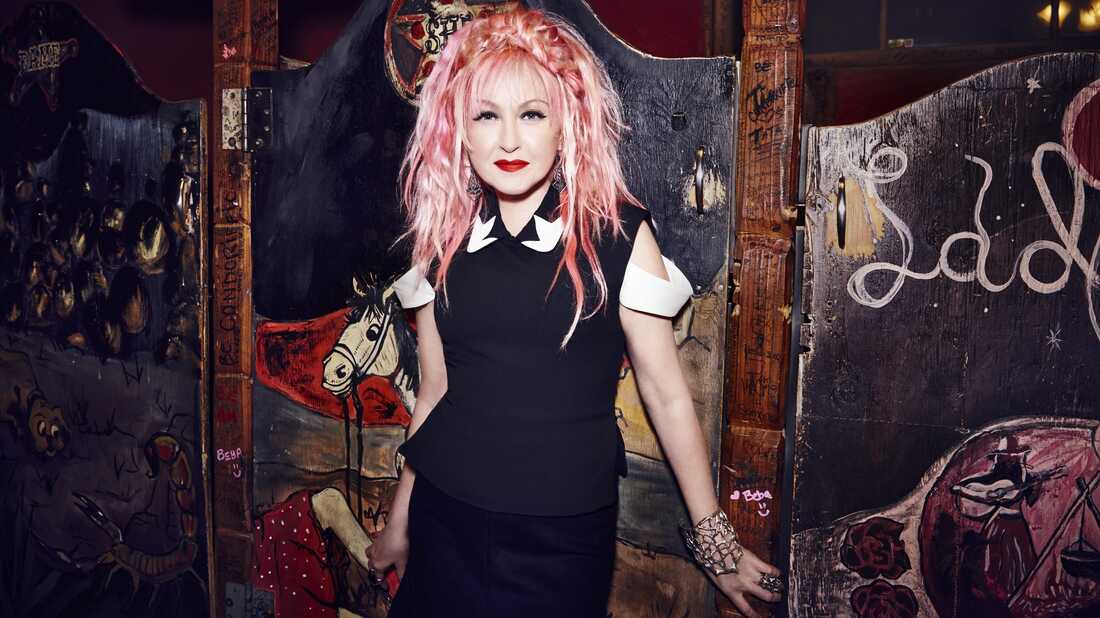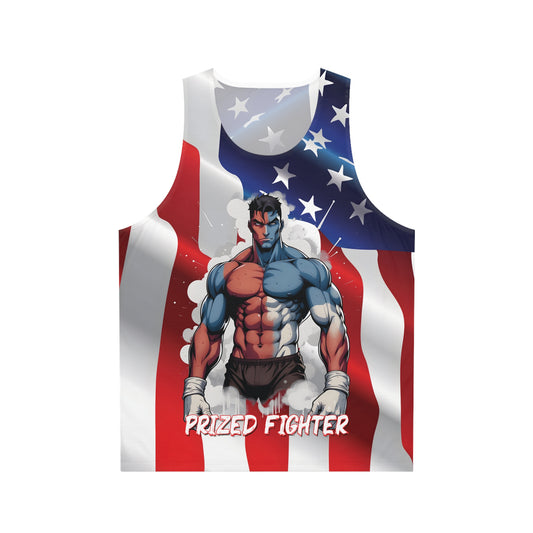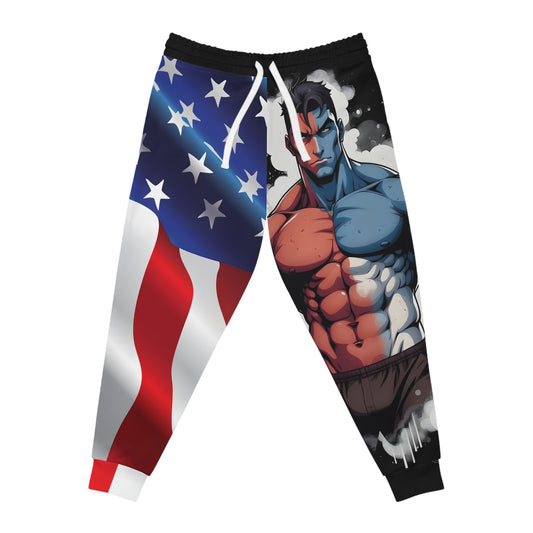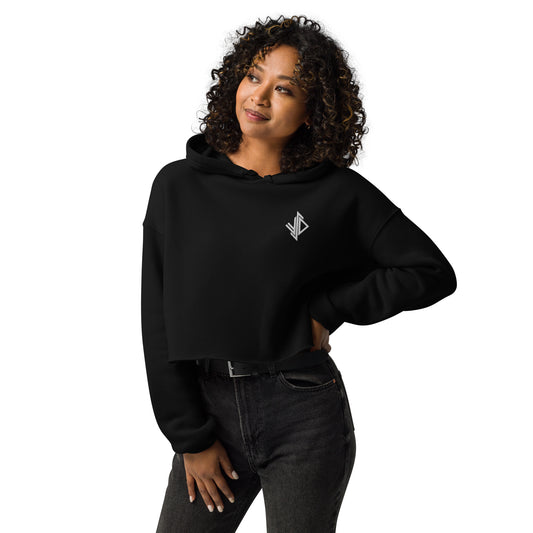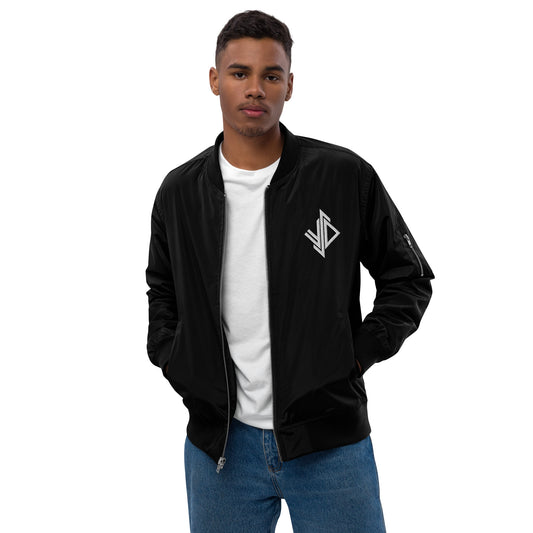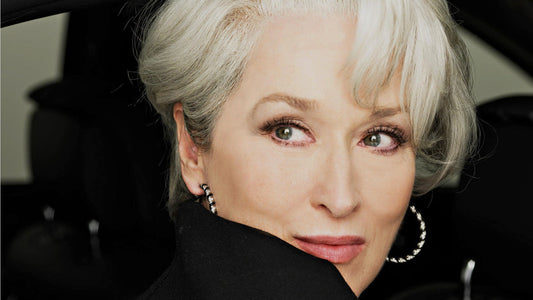
Cyndi Lauper: Music Career & Teen Fashion Impact
Cyndi Lauper is an iconic figure in the music industry, celebrated for her unique voice, eclectic style, and unwavering authenticity. Since her emergence in the early 1980s, she has captivated audiences worldwide, not only with her memorable hits but also with her undeniable influence on fashion trends among teenagers. This article delves deeply into her remarkable career, examines her distinctive style, and underscores the significant impact she has had on teen fashion.
The Early Years: Cyndi’s Beginnings
Cyndi Lauper was born on June 22, 1953, in Brooklyn, New York. Growing up in a working-class family, she faced various challenges, including her parents’ tumultuous relationship and experiences of bullying during her school years. Music became her refuge, and she began singing at a young age. By the time she was a teenager, Lauper had developed a love for various genres, including folk, rock, and pop.
After graduating high school, Lauper pursued her passion for music more seriously. During this time, she joined several bands and performed in local venues, gradually gaining recognition for her powerful vocals and unique stage presence. Her early experiences shaped her artistic vision and allowed her to experiment with various musical styles and approaches. It was during these formative years that Lauper’s distinctive style began to emerge, foreshadowing her later influence on both music and fashion.
Breakthrough Success: The 1980s
In 1983, Lauper burst into the mainstream with her debut album, “She's So Unusual.” The album was a commercial success, yielding hits like "Girls Just Want to Have Fun," "Time After Time," and "She Bop." Lauper's music resonated with a generation, and her lyrics often explored themes of empowerment, love, and self-discovery, making her a voice for the youth of the time.
The single "Girls Just Want to Have Fun" became an anthem for female empowerment, garnering widespread acclaim. Its vibrant, playful melody and relatable lyrics connected with young women, reinforcing Lauper’s status as a feminist icon. The song's accompanying music video showcased her colorful hair, daring fashion choices, and exuberant personality, solidifying her identity as a trendsetter in the music scene.
The success of "She's So Unusual" was unprecedented for a female artist at that time, and it paved the way for others. Lauper would go on to win a Grammy Award for Best New Artist in 1985, further establishing her as a formidable force in the music industry. Her influence extended beyond the charts, as she became a role model for aspiring young artists and a champion for women in music.
The Evolution of Cyndi’s Musical Style
As the 1980s progressed, Cyndi Lauper continued to evolve artistically. Her second album, "True Colors," released in 1986, showcased a more mature sound, combining elements of pop, rock, and blues. The title track, "True Colors," became another massive hit and is revered for its heartfelt message of acceptance and authenticity.
Lauper's willingness to experiment with different musical styles further cemented her status as a versatile artist. She embraced various genres such as country, electronic, and even jazz, collaborating with a diverse array of musicians throughout her career. This musical experimentation kept her relevant in a constantly changing industry and showcased her artistic integrity. Songs like “Change of Heart” and “What’s Going On” demonstrated her growth as a musician and illustrated her ability to adapt while maintaining her distinct voice.
By the time the 1990s arrived, Lauper had established herself not just as a pop star but as a multi-dimensional artist. Her collaborations with other artists, including the likes of Billy Joel and the B52s, showcased her flexibility and further expanded her audience. Her ability to blend genres and collaborate with different artists helped her stay ahead of the curve in a rapidly changing music landscape.
Cyndi Lauper’s Eclectic Style
Cyndi Lauper’s style is as much a part of her identity as her music. Her eclectic fashion choices often defy categorization, blending punk, glam, and vintage influences. With her brightly colored hair, layered clothing, and bold accessories, Lauper created a visual identity that was instantly recognizable and expressive of her free-spirited personality.
One of the hallmarks of Lauper’s style is her ability to mix and match elements that might ordinarily clash. She often paired tutus with combat boots, layered oversized shirts over fitted leggings, and adorned her outfits with mismatched accessories. Her choice to wear bright colors and patterns, often combined in ways that were considered unconventional at the time, spoke to her belief in the importance of self-expression. This fearless approach to fashion encouraged her fans – particularly teenagers – to embrace their individuality and express themselves through their clothing choices.
Moreover, Lauper’s fashion sensibility was a reflection of the vibrant culture of the 1980s, a time characterized by bold statements and a sense of rebellion. Her hair, often styled in wild colors and shapes, became a symbol of her creative output and non-conformity. This trend set the stage for younger generations to explore more daring fashion choices, helping them push boundaries and redefine what was considered acceptable.
Influence on Teen Fashion
The impact of Cyndi Lauper on teen fashion during the 1980s cannot be overstated. At a time when fashion was becoming increasingly commercialized, Lauper's authenticity and originality inspired a generation of young people to break away from conventional norms. She became a beacon of self-expression, demonstrating that personal style could be an extension of one's identity.
Teenagers began to adopt Lauper's signature looks, sporting colorful hair, layered clothing, and unconventional accessories. The concept of mixing and matching different styles became increasingly popular, allowing young people to cultivate a style that was uniquely their own rather than adhering to strict fashion rules. Lauper’s outfits often included elements like fishnet stockings, oversized jackets, and statement jewelry, setting trends that many young fans eagerly emulated.
Furthermore, Lauper's presence in the fashion world coincided with the rise of music videos as a powerful medium for influencing trends. Her visually striking videos helped shape the aesthetics of the time, prompting not only teens but even designers to take note. Fashion designers began to incorporate Lauper's fearless fashion sense into their collections, further solidifying her role as a trendsetter.
Cyndi Lauper’s Impact on Gender and Identity
In addition to her musical and fashion influence, Lauper also made significant contributions to discussions surrounding gender, identity, and self-acceptance. Her work frequently challenged traditional gender roles and stereotypes, encouraging her audience to embrace their true selves without fear of judgment.
As a proud supporter of the LGBTQ+ community, Lauper has been vocal about issues such as gender identity and sexual orientation. Her hit song "True Colors," with its message of acceptance and love, has been embraced by the LGBTQ+ community as an anthem for visibility and pride. Lauper’s dedication to advocacy has inspired countless individuals to embrace their identities and fight for their rights.
Her commitment to promoting self-acceptance and empowerment resonates deeply with her fans, many of whom view her as a role model. Lauper's outreach efforts, including her work with the True Colors Fund, demonstrate her ongoing dedication to advocating for marginalized communities and ensuring that everyone has the opportunity to live authentically.
Legacy and Continued Influence
As the decades have passed, Cyndi Lauper’s influence on music and fashion remains palpable. Her songs continue to resonate with audiences, and she has been recognized with numerous awards throughout her career, including Grammy, Emmy, and Tony Awards. Lauper's artistry has not only endured but has also inspired new generations of musicians and artists.
Moreover, Lauper's influence has reached beyond the realm of music and fashion; she has made significant contributions to various social causes, particularly LGBTQ+ rights. Her advocacy work has led her to collaborate with organizations that work towards equal rights and protections for the LGBTQ+ community. Through her efforts, she has raised awareness and funds, bringing attention to issues that many people still face today.
The commitment to her beliefs is evident through initiatives like the "True Colors" concert series, which began in 2007 to benefit LGBTQ+ organizations. Lauper recognizes the importance of creating a safe and supportive environment for young people, especially for those who feel marginalized or rejected. Her efforts have fostered a sense of community and hope, demonstrating the power of music and activism combined.
Frequently Asked Questions (FAQ)
1. What is Cyndi Lauper best known for?
Cyndi Lauper is best known for her distinctive voice and hit songs from the 1980s, including "Girls Just Want to Have Fun," "Time After Time," and "True Colors." She is also recognized for her eclectic fashion sense and her influence on teen culture.
2. Has Cyndi Lauper won any awards?
Yes, Cyndi Lauper has received numerous awards throughout her career, including Grammy Awards, Emmy Awards, and being inducted into the Songwriters Hall of Fame. Her contributions to music and advocacy have earned her widespread acclaim.
3. How has Cyndi Lauper influenced fashion?
Cyndi Lauper has influenced fashion through her bold and eclectic style, encouraging fans to embrace individuality and self-expression. Her unique looks during the 1980s inspired a generation of teenagers to express themselves through their clothing choices.
4. Is Cyndi Lauper still active in music?
Yes, Cyndi Lauper remains active in the music industry, continuously releasing new music and performing live. She is also engaged in various advocacy efforts, particularly in support of LGBTQ+ rights.
5. What is Cyndi Lauper’s contribution to LGBTQ+ rights?
Cyndi Lauper has been a longtime advocate for LGBTQ+ rights and has used her platform to raise awareness and funds for organizations supporting the community. Her True Colors Fund works to combat homelessness among LGBTQ+ youth.
Conclusion
Cyndi Lauper's journey through the music industry and her remarkable influence on teen fashion reflect her authentic spirit and creativity. From her early beginnings to her status as a cultural icon, Lauper continues to inspire individuals to embrace their true selves. Her contributions to music and advocacy serve as a testament to the power of self-expression and the importance of standing up for what is right. In an ever-evolving world, Lauper's legacy remains a source of empowerment for generations to come, making her an enduring figure in the cultural landscape.
In retrospect, Cyndi Lauper is not just an artist; she is a trailblazer who has paved the way for countless others to express their artistic talents freely. Her music carries a message of love, acceptance, and individuality, reminding us all to cherish our uniqueness and to stand together in solidarity. As we continue to celebrate her work, let us also embrace the lessons she has imparted, using her voice as an inspiration for our paths forward.



